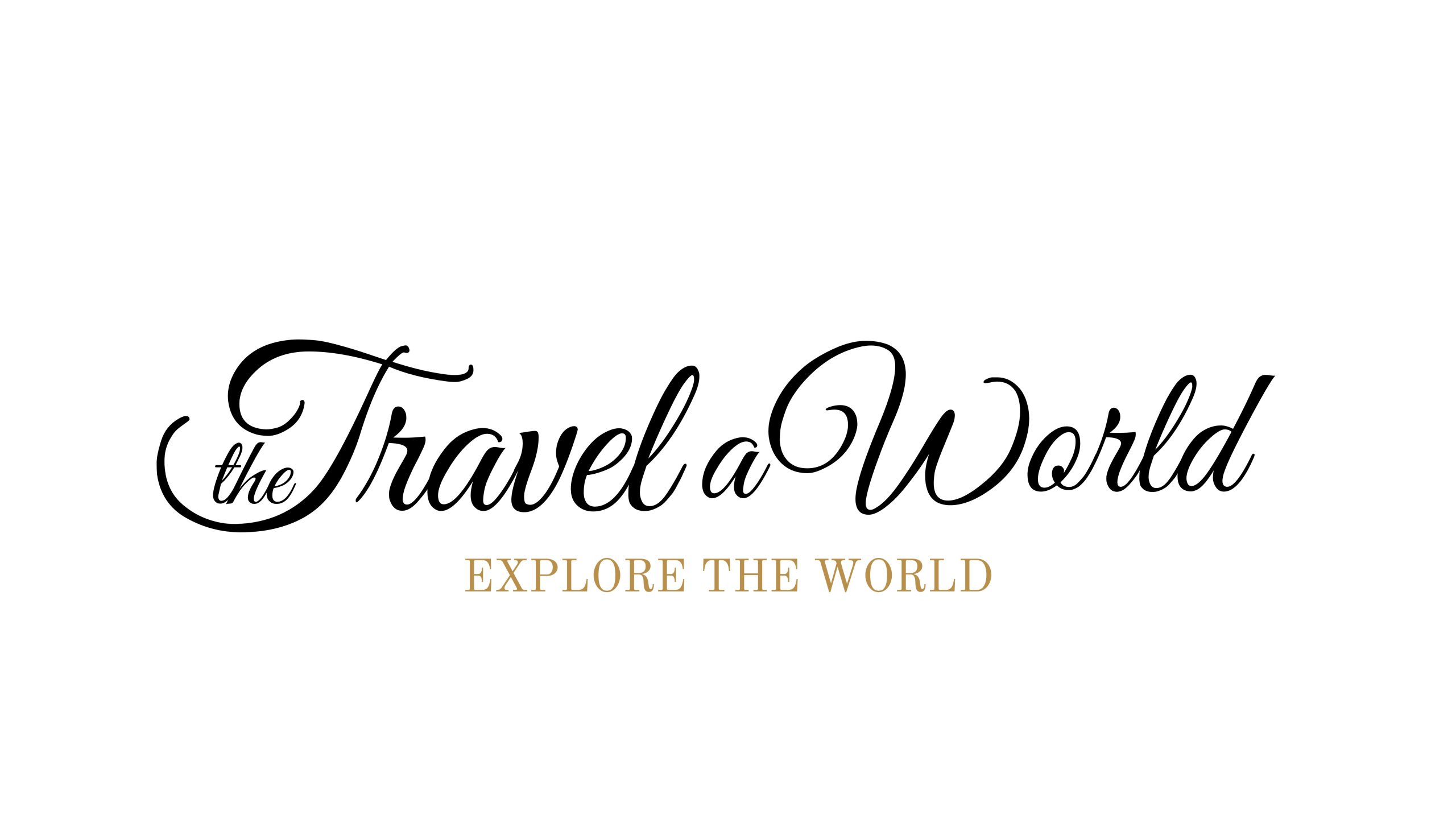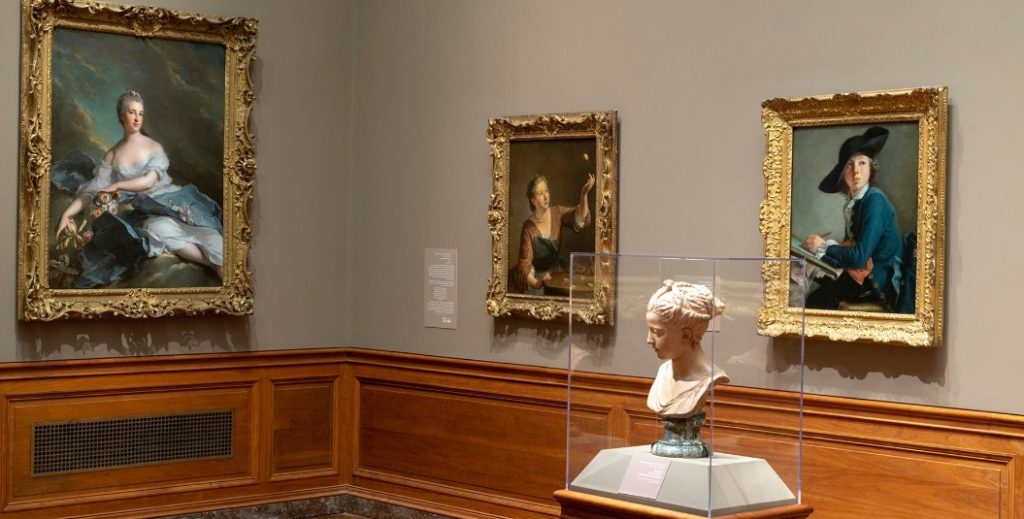
A. Definition and Scope:
Modern European Art refers to the artistic movements and styles that emerged in Europe from the late 19th century to the mid-20th century. It encompasses a wide range of artistic expressions, including painting, sculpture, architecture, and other forms of visual arts. This period marked a significant departure from traditional artistic conventions and laid the groundwork for the diversity and experimentation seen in contemporary art.
B. Historical Context and Emergence:
Modern European Art emerged against the backdrop of profound social, political, and technological changes in Europe. The industrial revolution transformed societies, leading to urbanization, mass production, and new modes of communication and transportation. Additionally, political upheavals, such as World War I and World War II, challenged established norms and ideologies, fostering an environment ripe for artistic experimentation and innovation. Artists responded to these changes by breaking away from academic traditions and embracing new approaches to creativity and expression.
Table of Contents
Characteristics of Modern European Art
A. Break from Tradition:
One of the defining characteristics of Modern European Art is its radical departure from traditional artistic conventions. Artists rejected the rigid rules of academic art and sought to express their individuality and subjective experiences. This rejection of tradition opened up new possibilities for artistic expression and paved the way for avant-garde movements such as Cubism, Expressionism, and Surrealism.
B. Experimentation with Form and Technique:
Modern European artists were keen on exploring new forms, techniques, and materials. They pushed the boundaries of traditional artistic mediums, experimenting with abstraction, fragmentation, and distortion. Techniques such as collage, assemblage, and photomontage were employed to create innovative works that challenged viewers’ perceptions and assumptions about art.
C. Exploration of New Themes and Subject Matter:
Modern European Art was characterized by a profound exploration of new themes and subject matter. Artists delved into the complexities of modern life, addressing themes such as urbanization, industrialization, alienation, and the human condition. They also drew inspiration from psychology, mythology, and non-Western cultures, creating artworks that reflected the diverse and interconnected nature of the modern world.
D. Influence of Technology and Industrialization:
The rise of technology and industrialization had a significant impact on Modern European Art. Artists were fascinated by the dynamism and energy of the modern city, as well as the possibilities offered by new technologies such as photography, film, and the mechanized process of mass production. These influences found expression in artworks that celebrated the machine age, explored the relationship between humans and technology, and challenged traditional notions of craftsmanship and authenticity.
Overall, Modern European Art represents a period of profound transformation and innovation in the history of art, characterized by a relentless pursuit of experimentation, individuality, and creative freedom.
Major Movements and Styles
A. Impressionism:
Impressionism emerged in France in the late 19th century, characterized by its focus on capturing fleeting impressions of light and color in outdoor scenes. Artists such as Claude Monet and Pierre-Auguste Renoir were key figures in this movement, which marked a departure from the detailed realism of academic painting.
B. Cubism:
Cubism, pioneered by Pablo Picasso and Georges Braque in the early 20th century, revolutionized the way artists represented reality. Through fragmented forms, geometric shapes, and multiple perspectives, Cubist artists sought to depict the essence of objects and scenes from different viewpoints simultaneously.
C. Surrealism:
Surrealism originated in the 1920s as a literary and artistic movement, exploring the realm of the unconscious mind and dreams. Artists like Salvador Dalí and René Magritte created fantastical and bizarre imagery, often with symbolic or irrational elements, challenging rationality and conventional reality.
D. Expressionism:
Expressionism emerged in Germany at the beginning of the 20th century, characterized by its emphasis on conveying emotional intensity and subjective experience. Artists such as Edvard Munch and Ernst Ludwig Kirchner depicted distorted figures and vivid colors to evoke feelings of anxiety, alienation, and inner turmoil.
E. Abstract Art:
Abstract Art, which gained prominence in the early 20th century, aimed to break away from representational forms and instead focus on color, shape, line, and texture as ends in themselves. Artists like Wassily Kandinsky and Piet Mondrian pioneered non-representational art, exploring the spiritual and emotional dimensions of pure abstraction.
F. Dadaism:
Dadaism emerged in response to the absurdity and disillusionment of World War I. Dada artists, including Marcel Duchamp and Hannah Höch, rejected traditional aesthetic values and embraced randomness, chance, and shock tactics in their artworks, challenging the very notion of what art could be.
G. Futurism:
Futurism, founded by Filippo Tommaso Marinetti in Italy in the early 20th century, celebrated the dynamism, speed, and energy of the modern machine age. Artists like Umberto Boccioni and Giacomo Balla glorified technology, urban life, and the aesthetics of movement, anticipating the future through their bold and dynamic compositions.
Prominent Artists and Their Contributions
A. Pablo Picasso:
Picasso was a pioneering figure in the development of Cubism, reshaping the course of Western art with his innovative approach to form and composition. His prolific body of work spanned multiple styles and mediums, leaving an indelible mark on 20th-century art.
B. Claude Monet:
Monet was a leading figure of Impressionism, renowned for his luminous plein-air paintings that captured the fleeting effects of light and atmosphere. His explorations of color and brushwork laid the groundwork for modern painting.
C. Salvador Dalí:
Dalí was a prominent Surrealist artist known for his eccentric personality and dreamlike imagery. His meticulously rendered and symbolic works, such as “The Persistence of Memory,” challenged viewers’ perceptions and expanded the possibilities of artistic expression.
D. Vincent van Gogh:
Van Gogh’s emotionally charged paintings, characterized by bold colors and expressive brushwork, epitomized the essence of Expressionism. Despite his tragic life and struggles with mental illness, his art continues to resonate with audiences worldwide.
E. Wassily Kandinsky:
Kandinsky was a key figure in the development of Abstract Art, exploring the spiritual and transcendent potential of non-representational painting. His pioneering theories on color and form laid the groundwork for the abstract movements of the 20th century.
F. Henri Matisse:
Matisse was a leading figure of Fauvism, known for his bold use of color and expressive brushwork. His innovative approach to composition and form challenged traditional notions of representation, leaving a lasting impact on modern art.
G. Edvard Munch:
Munch’s iconic painting “The Scream” epitomizes the angst and existential dread of the modern condition. As a precursor to Expressionism, his emotionally charged works explored themes of love, death, and human vulnerability, influencing generations of artists.
Impact and Legacy of Modern European Art
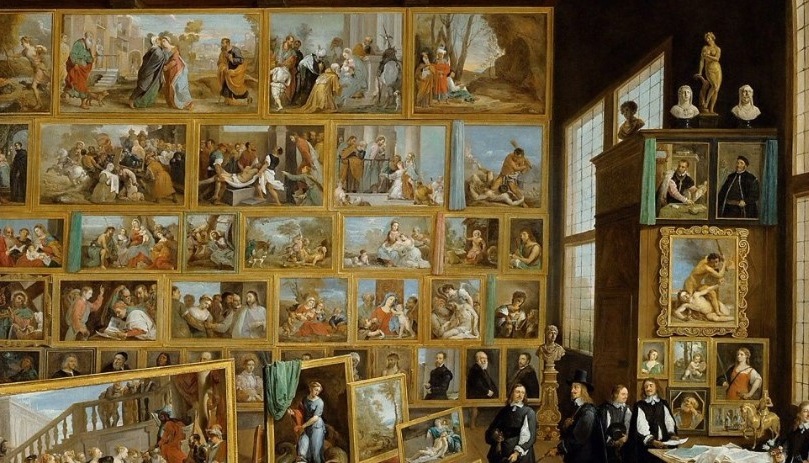
A. Influence on Subsequent Art Movements:
Avant-garde European art, Modern European Art had a profound influence on subsequent art movements across the globe. Movements such as Abstract Expressionism in the United States, Arte Povera in Italy, and the Young British Artists (YBAs) in the UK drew inspiration from the innovative approaches and experimental spirit of modern European artists. Their emphasis on individuality, subjective expression, and pushing the boundaries of artistic conventions continues to resonate with contemporary artists worldwide.
B. Redefining the Concept of Art:
Modern European Art played a pivotal role in redefining the concept of art itself. By breaking away from traditional representational forms and embracing abstraction, symbolism, and conceptualism, artists challenged conventional notions of beauty, skill, and meaning. This expanded the scope of what could be considered art, opening up new avenues for creativity and self-expression.
C. Cultural and Societal Implications:
The cultural and societal implications of Modern European Art were far-reaching. Artists addressed pressing social, political, and existential concerns of their time, reflecting the tumultuous changes and upheavals of the modern era. Their artworks served as a mirror to society, sparking conversations and debates about identity, power, and human experience. Moreover, movements such as Dadaism and Surrealism provided a platform for marginalized voices and challenged established hierarchies within the art world.
D. International Recognition and Dissemination:
Modern European Art gained international recognition and dissemination through exhibitions, publications, and collaborations. Artistic hubs such as Paris, Berlin, and Vienna became magnets for artists from around the world, fostering cross-cultural exchange and dialogue. Additionally, advancements in transportation and communication facilitated the global spread of artistic ideas and movements, cementing the legacy of Modern European Art on a global scale.
Evolution of Art Institutions and Criticism
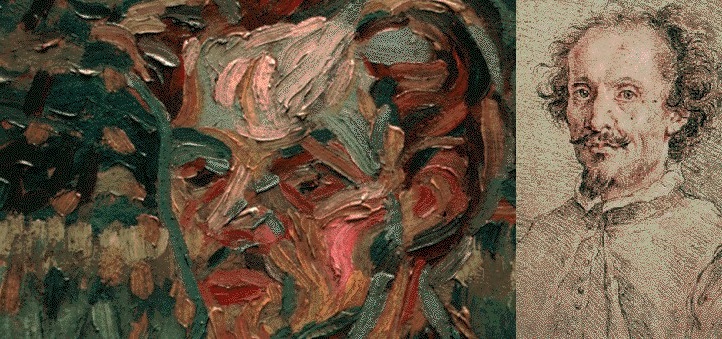
A. Establishment of Modern Art Galleries and Museums:
The proliferation of modern art galleries and museums played a crucial role in shaping the reception and appreciation of Modern European Art. Institutions such as the Museum of Modern Art (MoMA) in New York City and the Centre Pompidou in Paris were instrumental in championing avant-garde movements and providing a platform for emerging artists. These institutions not only preserved and showcased modern artworks but also facilitated public engagement and education about contemporary art practices.
B. Art Criticism and Debates Surrounding Modern European Art:
The rise of modern European art prompted intense critical debate and scrutiny. Art critics grappled with the radical departures from tradition and the meaning behind avant-garde works. Debates surrounding abstraction, symbolism, and the role of the artist in society fueled intellectual discourse and shaped the trajectory of art criticism in the 20th century. Critics such as Clement Greenberg and Harold Rosenberg played influential roles in defining the parameters of modern art and its significance.
C. Patronage and Support for Artists:
The evolution of art institutions also led to changes in patronage and support for artists. As the demand for modern art grew, patrons and collectors emerged to support emerging talents and avant-garde movements. Private collectors, galleries, and philanthropic organizations played a vital role in providing financial backing, exhibition opportunities, and networking platforms for artists, contributing to the vibrant ecosystem of modern European art.
Reception and Controversies
A. Initial Reactions to Modern European Art:
Modern European Art initially faced mixed reactions from audiences and critics alike. Traditionalists often dismissed avant-garde movements as chaotic or lacking in skill, while others were captivated by the freshness and innovation of these new artistic expressions. Impressionism, for example, was met with skepticism and ridicule by the art establishment before gaining acceptance and admiration.
B. Controversial Artworks and Their Impact:
Many modern European artworks sparked controversy due to their provocative themes, unconventional techniques, or challenging subject matter. For instance, Marcel Duchamp’s “Fountain,” a readymade urinal submitted as art, caused uproar and raised questions about the nature of art itself. Similarly, Salvador Dalí’s surreal imagery and Freudian symbolism often courted controversy, pushing the boundaries of acceptability and forcing viewers to confront their own preconceptions.
C. Evolution of Public Perception Over Time:
Over time, public perception of modern European art evolved as audiences became more accustomed to avant-garde styles and concepts. What was once considered shocking or incomprehensible gradually became accepted and even celebrated as part of the artistic canon. Institutions like museums and galleries played a crucial role in shaping public opinion by contextualizing these artworks and providing educational resources to help audiences understand and appreciate them.
Modern European Art in Contemporary Context
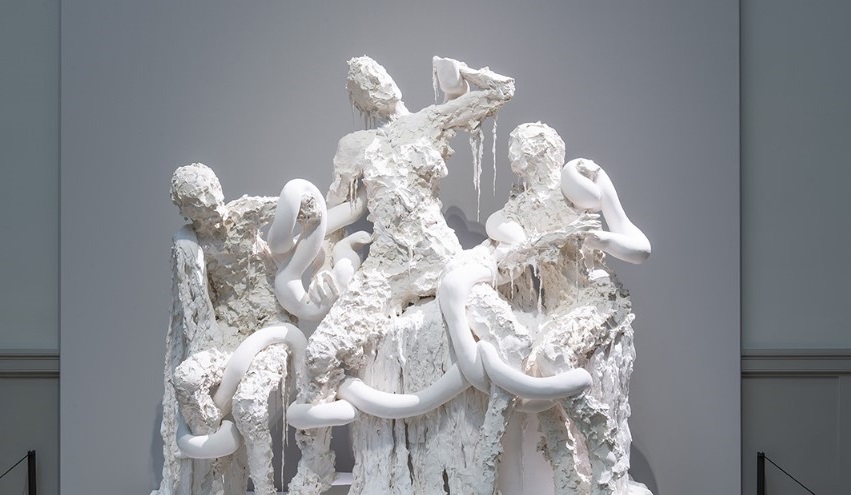
A. Continuation of Modernist Principles in Contemporary Art:
Present-day European art, Modernist principles continue to influence contemporary art practices, as artists build upon the foundations laid by their predecessors. Concepts such as abstraction, experimentation, and the exploration of subjective experience remain central to contemporary art, albeit in new and innovative forms. Artists continue to push the boundaries of artistic expression, challenging conventional norms and expanding the possibilities of what art can be.
B. Revival of Interest in Modern European Art Movements:
There has been a revival of interest in modern European art movements in recent years, as scholars, collectors, and audiences reevaluate the significance of these historical movements. Exhibitions, publications, and academic research have shed new light on the contributions of modern European artists and their enduring impact on contemporary art. This renewed interest reflects a growing appreciation for the diversity and innovation of modernist art practices.
C. Integration of Modern European Art in Global Art Discourse:
Modern European art has become an integral part of the global art discourse, transcending geographical and cultural boundaries. Artists from diverse backgrounds draw inspiration from modern European movements, incorporating elements of abstraction, surrealism, and conceptualism into their own practices. This integration reflects the interconnected nature of contemporary art and underscores the ongoing relevance of modern European art in shaping artistic dialogue on a global scale.
Cultural and Political Influences
A. Relationship between Art and Politics:
Art has often intersected with politics, serving as a powerful tool for social commentary, protest, and activism. Modern European art movements frequently engaged with political ideologies, critiquing societal norms, challenging authority, and advocating for change. For example, Dada artists used absurdity and satire to denounce the horrors of war, while socialist realists in Soviet Russia promoted propaganda art to uphold communist ideals. The relationship between art and politics remains complex, with artists continuing to address pressing social issues and challenge political systems through their work.
B. Cultural Exchange and Diffusion of Ideas:
Modern European art facilitated cultural exchange and the diffusion of ideas across national and regional boundaries. Artists, critics, and collectors from different countries converged in cultural centers such as Paris, Berlin, and Vienna, fostering cross-pollination of artistic styles and movements. This exchange enriched artistic practices and contributed to the development of a global art discourse, transcending linguistic, cultural, and political barriers.
C. Role of Modern European Art in Shaping Identity and Ideology:
Modern European art played a significant role in shaping collective identity and ideology, both nationally and internationally. Artworks often reflected the cultural values, historical narratives, and societal aspirations of their respective contexts, influencing perceptions of national identity and cultural heritage. Moreover, movements such as Surrealism and Expressionism provided a platform for artists to explore individual and collective identities, challenging prevailing norms and fostering a sense of cultural pluralism and diversity.
Future Trends and Perspectives
A. Innovations in Art Practices and Mediums:
The future of modern European art is likely to witness continued innovations in art practices and mediums. Advancements in technology, such as digital art, virtual reality, and artificial intelligence, offer new possibilities for artistic expression and experimentation. Artists may increasingly integrate interdisciplinary approaches and collaborative processes, blurring the boundaries between traditional artistic disciplines and embracing hybrid forms of creativity.
B. Continuation of Experimentation and Boundary-Pushing:
The spirit of experimentation and boundary-pushing that characterized modern European art is expected to persist in the future. Artists will likely continue to challenge established norms, question the nature of art, and explore new conceptual territories. Themes such as sustainability, social justice, and globalization are likely to feature prominently in artistic discourse, reflecting contemporary concerns and aspirations.
C. Potential Challenges and Opportunities for Modern European Art:
Modern European art faces both challenges and opportunities in the future. Globalization and digitalization have expanded access to art and diversified artistic practices, yet they also pose challenges to traditional modes of artistic production, distribution, and reception. Economic inequalities, political instability, and environmental crises may impact artistic freedom and support systems for artists. However, these challenges also present opportunities for artists to address pressing issues, forge connections across borders, and mobilize collective action through their work. Ultimately, the future of modern European art will be shaped by dynamic interactions between artistic innovation, societal change, and cultural evolution.
Here’s a breakdown table, conclusion, and 10 FAQs along with their answers based on the article above:
Breakdown Table:
| Section | Subsections/Topics Covered |
| I. Introduction | Definition and scope, Historical context and emergence |
| II. Characteristics | Break from tradition, Experimentation, Exploration |
| III. Major Movements | Impressionism, Cubism, Surrealism, Expressionism, etc. |
| IV. Prominent Artists | Picasso, Monet, Dalí, van Gogh, Kandinsky, etc. |
| V. Impact and Legacy | Influence on subsequent movements, Redefining art, Cultural implications, International recognition |
| VI. Evolution of Art Institutions | Establishment of modern galleries, Art criticism, Patronage |
| VII. Reception and Controversies | Initial reactions, Controversial artworks, Evolution of perception |
| VIII. Modern Art in Contemporary Context | Continuation of principles, Revival of interest, Integration in global discourse |
| IX. Cultural and Political Influences | Art and politics, Cultural exchange, Shaping identity |
| X. Future Trends and Perspectives | Innovations in art, Experimentation, Challenges and opportunities |
Conclusion:
Modern European Art has been a catalyst for artistic innovation, challenging traditional norms and shaping the trajectory of contemporary art worldwide. Its impact extends beyond the confines of Europe, influencing subsequent art movements, redefining the concept of art itself, and engaging with pressing cultural, political, and societal issues. As we look to the future, modern European art continues to inspire creativity, experimentation, and dialogue, presenting both challenges and opportunities for artists to navigate a rapidly changing world.
FAQs:
- What is Modern European Art?
- Modern European Art refers to artistic movements and styles that emerged in Europe from the late 19th to mid-20th century, characterized by a break from tradition, experimentation, and exploration of new themes.
- Which artists are associated with Impressionism?
- Claude Monet, Pierre-Auguste Renoir, and Camille Pissarro are among the prominent artists associated with Impressionism.
- What is the significance of Cubism?
- Cubism revolutionized artistic representation by depicting objects from multiple perspectives simultaneously, pioneered by artists like Pablo Picasso and Georges Braque.
- Who is known for surreal imagery and symbolism in art?
- Salvador Dalí is renowned for his surreal imagery and Freudian symbolism, challenging viewers’ perceptions and pushing the boundaries of artistic expression.
- How did Modern European Art influence contemporary art practices?
- Modern European Art continues to influence contemporary art by inspiring experimentation, pushing boundaries, and addressing pressing social, political, and environmental issues.
- What role did art institutions play in shaping the reception of Modern European Art?
- Art institutions such as museums and galleries played a crucial role in shaping public perception by contextualizing artworks and providing platforms for education and engagement.
- What are some controversies associated with Modern European Art?
- Controversies surrounding Modern European Art include provocative themes, unconventional techniques, and challenges to traditional notions of art and aesthetics.
- How has the perception of Modern European Art evolved over time?
- Over time, the perception of Modern European Art has evolved from initial skepticism to acceptance and celebration as part of the artistic canon, reflecting changing societal attitudes and values.
- What are some future trends in Modern European Art?
- Future trends in Modern European Art include innovations in art practices and mediums, continuation of experimentation, and addressing challenges and opportunities in a globalized world.
- How does Modern European Art intersect with politics and identity?
- Modern European Art intersects with politics and identity by serving as a platform for social commentary, cultural exchange, and shaping collective identity and ideology.


